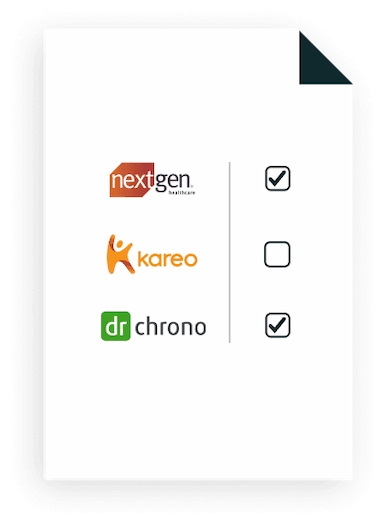Last Updated Nov 13, 2025
Key Takeaways
Generated from the text of customer reviews
Veradigm is an EHR and practice management platform for physicians, clinical staff, and billing teams across ambulatory practices and payer organizations. Users value its clinical-administrative workflow integration but cite slow performance and support delays. A recent Payer Insights integration with Insiteflow is known to enhance payer-provider data exchange and clinical decision support.
Our Verdict
Veradigm suits mid to large ambulatory practices needing alignment between clinical and billing workflows. Its scalability and analytics depth make it suitable for data-driven organizations. It offers long-term value for larger networks seeking coordinated operations and payer integration. We recommend Veradigm for multi-specialty groups and healthcare organizations that prioritize workflow consistency and advanced reporting.
Overall Rating
Based on 75 users reviews
3.2
Rating Distribution
Positive
52%
Neutral
25%
Negative
23%
Starting Price
Starting from $59
/month/prescriber

